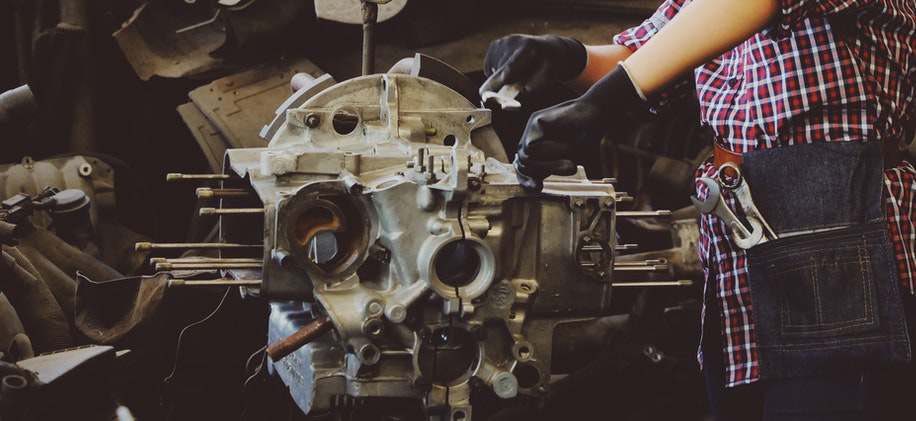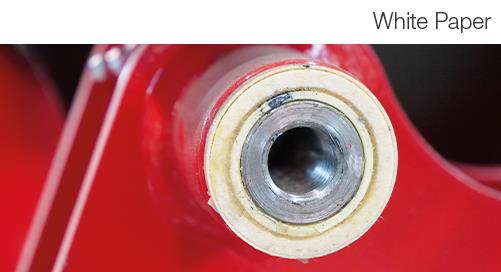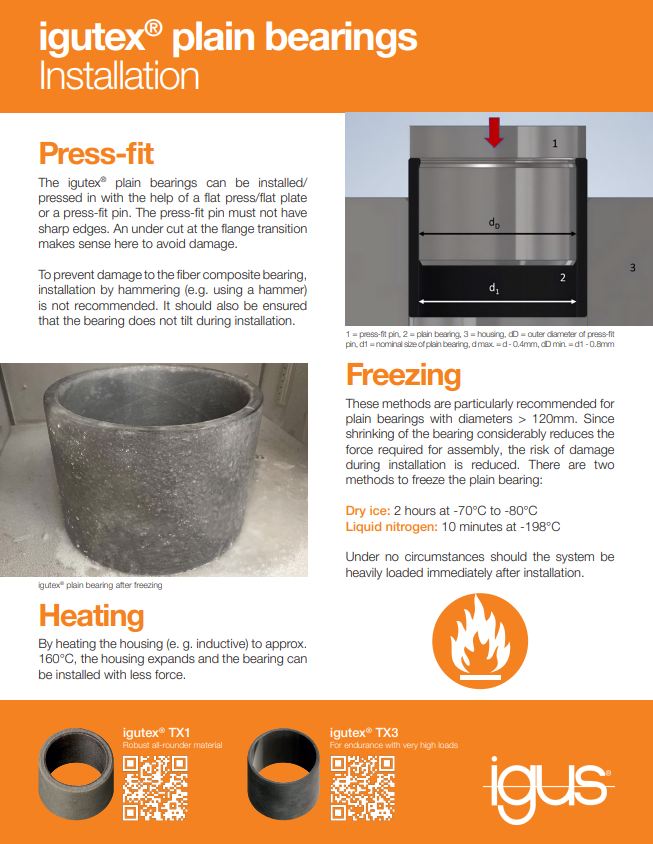
Over the years, I have worked with a lot of companies—typically with engineers and purchasing agents. Many of these companies manufacture consumer-facing products, and I would often hear from them that were constantly being challenged with baseless warranty claims from their end users. This would cause me to wonder, “How often is their customer taking all of the preventative maintenance instructions seriously and could this have been avoided if they were?"
Ask yourself, or anyone, these basic questions—chances are, the answer is either "no" or "not as often as I should be":
- Do you re-lubricate or maintain the bearings in your lawnmowers?
- How often do you perform service on your washing machines?
- When is the last time you truly had your car serviced?
- Do you ever change the filters in your HVAC system according to the schedule?
For original equipment manufacturers designing consumer-facing products, these are genuine concerns since they need to consider how well consumers will be at following a maintenance schedule. More often than not, an owners-manual will include instructions for routine maintenance, which typically focuses on replacement parts like
bearings, belts, etc. However, how many of us actually read these preventative maintenance sections? For any manufacturers designing consumer products, it only makes sense to try to limit the potential for groundless warranty claims.
Realizing the Problem
I once had a customer who manufactured a piece of equipment that cost $30K, and the large majority of their warranty claims always involved the
bearings used within the application. Why was this? Because the bearings that the manufacturer was using required maintenance, and the consumer just flat-out disregarded it. Could the manufacturer contest these claims? Absolutely. However, the bottom line is that combating these claims quickly becomes costly and time consuming.
So, how could the manufacturer possibly solve this? Remove as many tasks from the consumer as possible by creating maintenance-free equipment that would effectively eliminate any potential for these particular warranty claims. Below are a few ideas for designing machinery that will eliminate or reduce warranty claims.
Use bearings that are self-lubricating
Bearings that require lubrication directly create the need for maintenance, while also increasing the potential for downtime. Additionally, re-lubricating bearings can be extremely time consuming, and very messy. Many customers have zero interest in performing this task according to a maintenance schedule, or they forget entirely. Regarding the customers who would take this task on themselves—improper or inadequate lubrication could cause major failures in the machinery. In addition to these risks, another potential downfall is seizing of the bearing on the
shaft, or scoring of a shaft, due to dirt and dust being attracted to the lubricant.
There are many self-lubricating, or dry-running, bearings to choose from on the market. At
igus®, our goal is to ensure that there is a
self-lubricating bearing for every industry and application, which is why we offer a wide range of bearing materials for our grease-free line of bearings,
iglide®.
Reduce risk of Corrosion in the System
Corroded bearings and shafts can create major issues in regard to the wellbeing of machinery, both big and small. Anytime corrosion occurs there is the potential for reduced lifetime and further damage within the system. The best way to avoid this is to eliminate as many opportunities for corrosion to occur as possible. By using a non-metallic bearing, you can ensure that the shaft and housing are made of a material, or coating, that is corrosion-resistant.
Seal the system
If you are unable to use a
self-lubricating bearing, or aren’t sure about corrosion-resistance material in the system, the next option would be to seal the system. This can help avoid lubrication from escaping while also preventing dirt and dust from entering and causing scoring or seizing. Also, having an effective seal can mitigate any opportunities for corrosion. Word of caution—sealing the system is not a fail-safe method and must be done correctly to be effective.
Understand the lifetime of the bearing
If you can successfully measure the lifetime of the bearing through testing or a lifetime calculation tool, you can plan ahead for the future. This provides engineers with confidence that the machinery will last throughout the warranty period, and ensure that are aware of when they’ll have to make a possible replacement decision.
Uniting Under the Same Mission
Within the industrial field, it is our duty as manufacturers to provide engineers with not only the best possible solutions for their applications, but also with solutions that will serve them efficiently for the lifetime stated, and without eating up all of their time in maintenance. Many of us provide warranties that give the customer the confidence that we will be there for them when things fail due to our own errors. However, we can go even further for our customers by designing solutions that minimize any potential for a warranty issue or claim through the use of maintenance-free and self-lubricating parts.
As a company, it is our goal is to provide
maintenance-free, self-lubricating parts that will save both you and your customer’s time and effort so you can get back to what you are best at—innovating and improving the applications around us.
For more information about using iglide® bearings within your application, email Nicole Lang, iglide® Product Manager, here.
 Over the years, I have worked with a lot of companies—typically with engineers and purchasing agents. Many of these companies manufacture consumer-facing products, and I would often hear from them that were constantly being challenged with baseless warranty claims from their end users. This would cause me to wonder, “How often is their customer taking all of the preventative maintenance instructions seriously and could this have been avoided if they were?"
Ask yourself, or anyone, these basic questions—chances are, the answer is either "no" or "not as often as I should be":
Over the years, I have worked with a lot of companies—typically with engineers and purchasing agents. Many of these companies manufacture consumer-facing products, and I would often hear from them that were constantly being challenged with baseless warranty claims from their end users. This would cause me to wonder, “How often is their customer taking all of the preventative maintenance instructions seriously and could this have been avoided if they were?"
Ask yourself, or anyone, these basic questions—chances are, the answer is either "no" or "not as often as I should be":



